Chemical Substance Management
- Related ESG :
- E
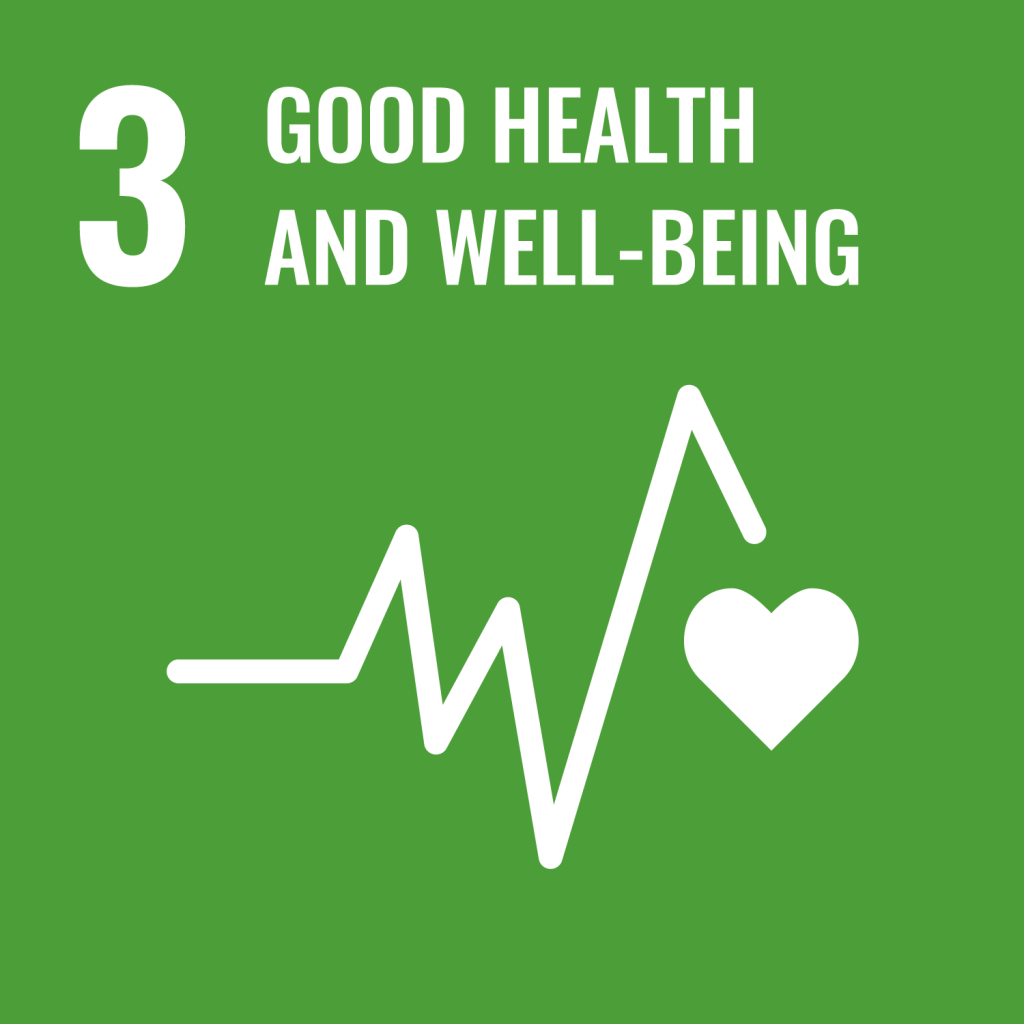
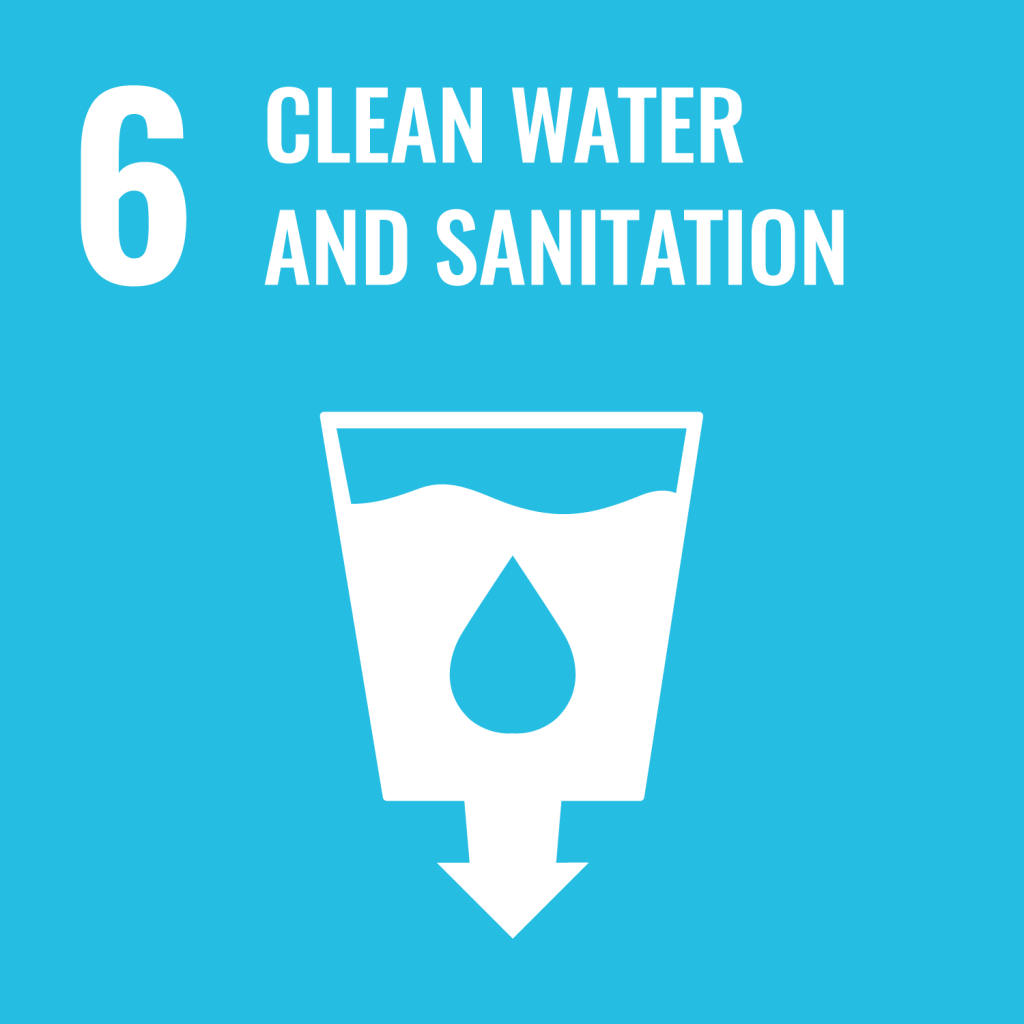
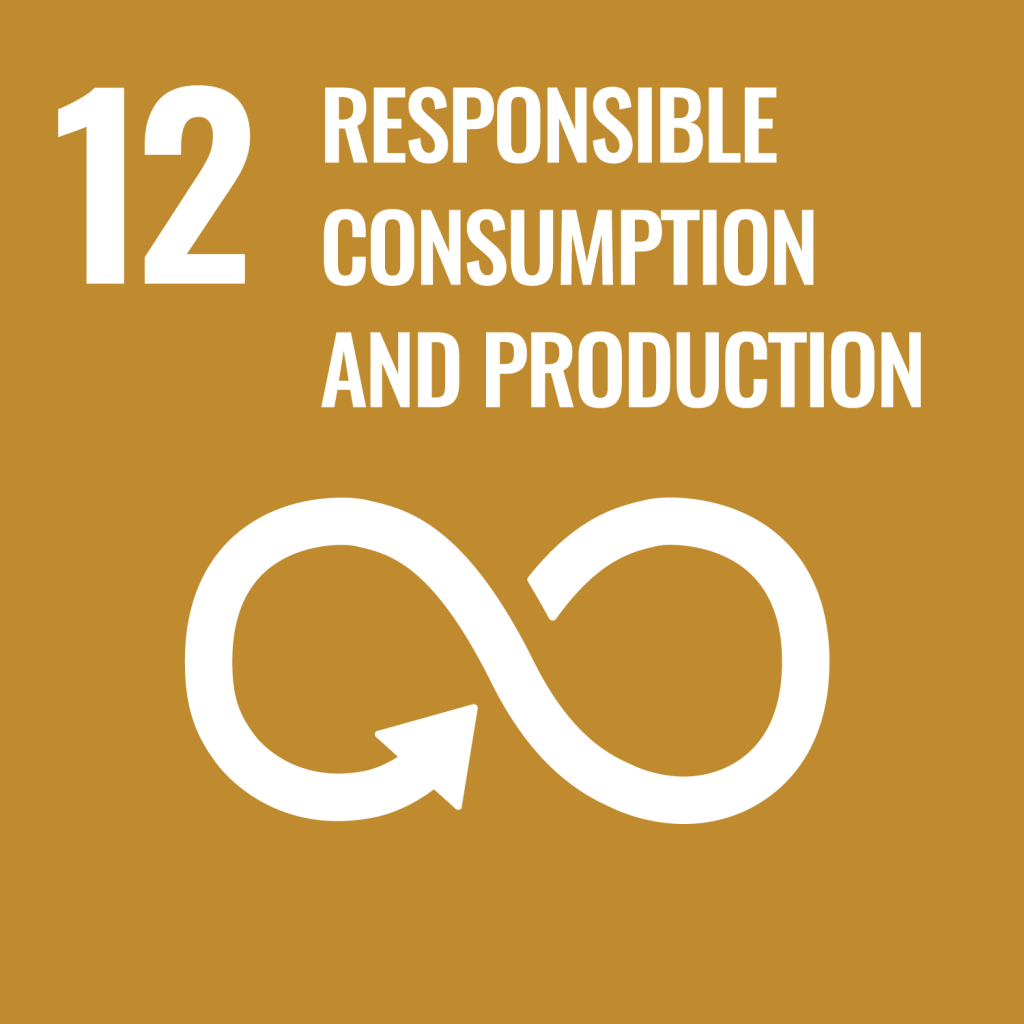
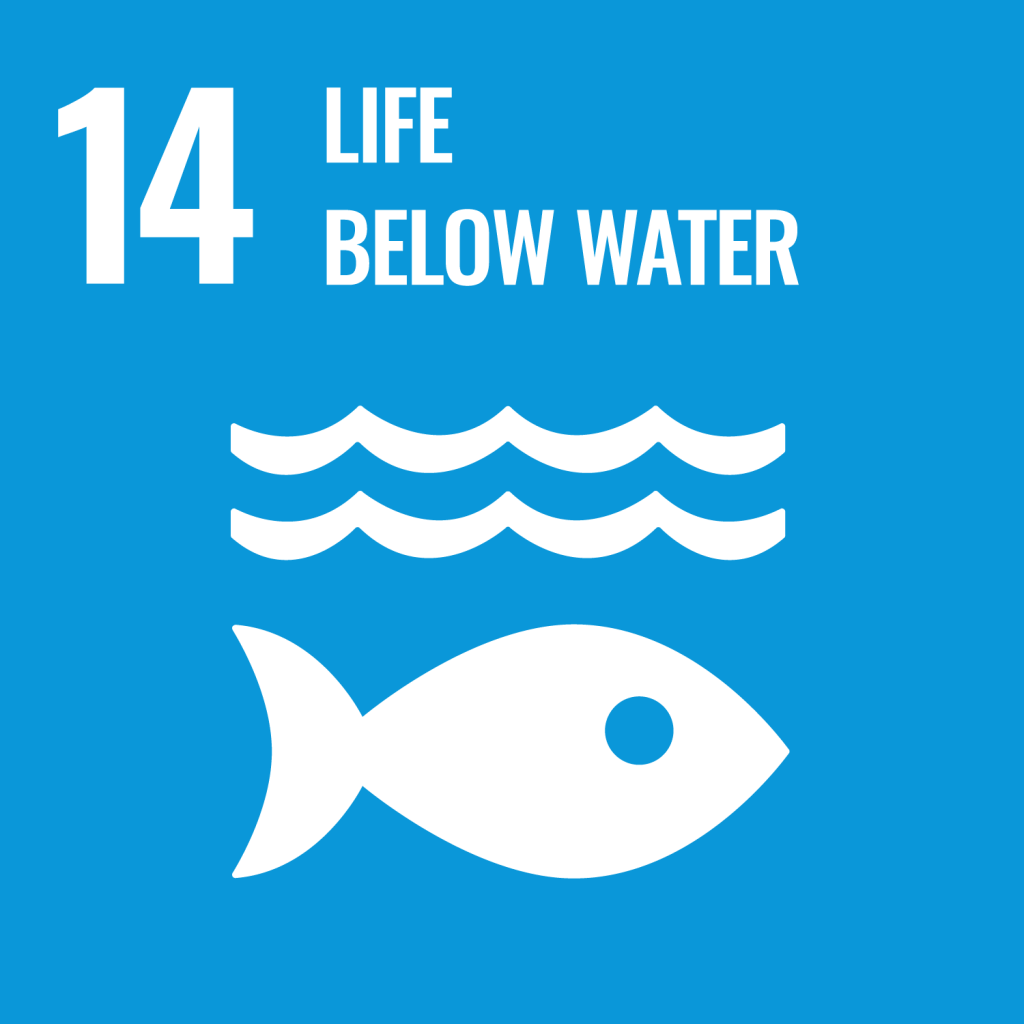
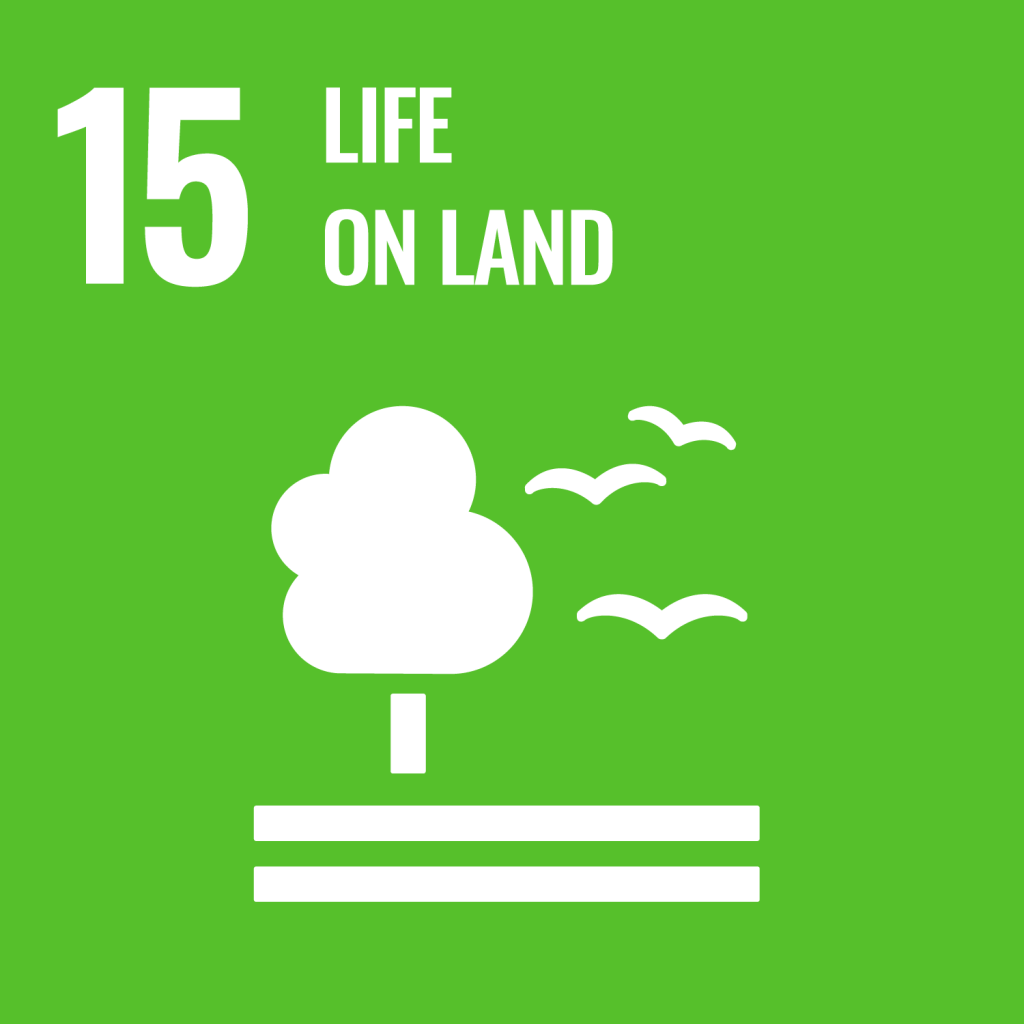
Chemical Substance Management
- Basic approach
- Chemical substance management structure
- Product safety management
- Place safety Management
Basic approach
Toyobo group considers the proper management of chemical substances to be crucial for both "product safety" to protect the safety of our customers and "place safey" to protect the environment and the safety of people working at our plants and offices and the local communities.
In terms of " product safety", under the “TOYOBO Group’s Basic Policy on Product Safety and Quality Assurance” and the “TOYOBO Group Fundamental Policy on the Global Environment,” we are striving to properly manage chemical substances throughout the product life cycle(research, development, design, manufacturing, sales, use, and disposal) to protect the global environment, prevent disasters, ensure occupational safety and health, ensure product safety, and comply with chemical substance regulations in countries around the world.
In terms of "place safety," under the "TOYOBO Group Fundamental Policy on the Global Environment," we have set voluntary standards and reduction targets for chemical substances released into the atmosphere and water, which are stricter than legal limits, to ensure thorough control and reduction of emissions.
Chemical Substance Management Structure
In order to promote appropriate management of chemical substances, Toyobo group has established a management structure at each production site. Each Solutions Division supervises the activities of the production sites and group companies under their jurisdiction.
In addition, we have created the TOYOBO Chemical Substance Management Classification in compliance with relevant laws and regulations—both international and domestic—as well as client requests. This classifies the chemical substances we handle into three levels, and the management procedures are specified for each level or “rank.” Use of substances in rank A and B is permitted only when the risks are thoroughly assessed, mitigation measures are taken, and the risk is deemed tolerable. We are continuously making efforts to reduce the overall usage volume of rank A and B substances by optimizing and replacing these substances.
Chemical Substance Management Structure
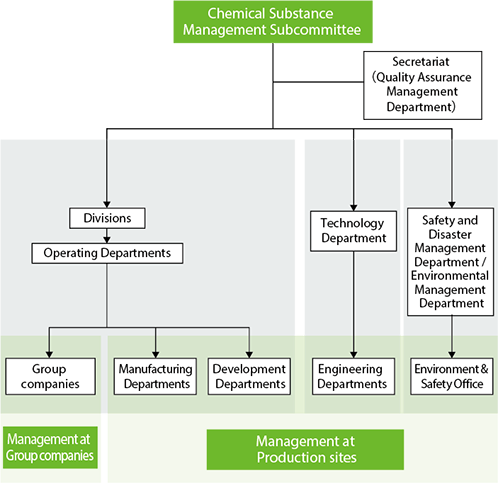
TOYOBO Chemical Substance Management Classification
| Rank | Management Category | Notes (laws and regulations, etc.) |
|---|---|---|
| A | Substances requiring particularly strict management | Chemical Substances Control Law*1, Industrial Safety and Health Act, Poisonous and Deleterious Substances Control Act, Act on the Protection of the Ozone Layer through the Control of Specified Substances, etc. and Other Measure, Act on the Prohibition of Chemical Weapons and Control, of Specific Chemicals, POPs*2, PIC*3, RoHS*4, REACH*5, etc. |
| B | Substances requiring strict management | Chemical Substances Control Law, PRTR*6, Industrial Safety and Health Act, Poisonous and Deleterious Substances Control Act, REACH, etc. |
- *1
- Chemical Substances Control Law: Act on the Regulation of Manufacture and Evaluation of Chemical Substances
- *2
- POPs (treaty): Stockholm Convention on Persistent Organic Pollutants
- *3
- PIC (treaty): Rotterdam Convention on the Prior Informed Consent Procedure for Certain Hazardous Chemicals and Pesticides in International Trade
- *4
- RoHS: Restriction of the use of certain Hazardous Substances in electrical and electronic equipment
- *5
- REACH: Registration, Evaluation, Authorisation and Restriction of Chemicals
- *6
- PRTR: Pollutant Release and Transfer Register
Product Safety Management
Initiatives
Chemical Substance Regulation Compliance
Recent years have seen new requirements to manage chemical substances within the supply chain. In addition to the European RoHS Directive and REACH regulations, such requirements also apply in Japan, following the coming into effect of the Act on the Regulation of Manufacture and Evaluation of Chemical Substances (Chemical Substances Control Law), as well as other regulations relating to chemical substance management. Additionally, the Globally Harmonized System of Classification and Labeling of Chemicals (GHS) has been adopted by the United Nations.
In view of this situation, Toyobo has introduced a chemical substance management system (TCAS*1) covering every stage from procurement through to manufacturing and sales. We revise the content of chemical substance surveys for our suppliers as necessary in accordance with the laws and regulations of each country and revisions to the Japanese "chemSHERPA®"*2 and other regulations. This is to realize green procurement while providing accurate and prompt support to our customers. We employ this system to investigate the use of regulated substances and carry out surveys regarding content in products.
- *1
- Toyobo Chemical Administration System
- *2
- A scheme that facilitates sharing information on chemical substances in products led by the Ministry of Economy, Trade and Industry
Green procurement
We prioritize procurement of raw materials with a low environmental impact, and work with business partners who take a proactive approach to protecting the environment. To this purpose, we have established our group-wide Green Procurement Standards (selection standards for suppliers and selection standards for materials) in Green Procurement Guidelines, which are made known to our suppliers and widely available on our website.
With regard to chemical substances management, we are conducting surveys of suppliers to determine whether or not their materials contain any chemical substances based on the TOYOBO Chemical Substance Management Classification and are also complying with various chemical substance control regulations, including the RoHS Directive and REACH Regulation in Europe.
Supplier monitoring
Our group has established "CSR Procurement Guidelines", and we ask our business partners to cooperate in initiatives that support the development of a sustainable society throughout the supply chain. "CSR Procurement Guidelines" also includes the above-mentioned promotion of green procurement.
Our group conducts "CSR procurement survey" based on "CSR Procurement Guidelines" and monitors the status of CSR initiatives. As a result of the questionnaire survey, we are asking our suppliers to make improvements. For the results of the latest questionnaire and the countermeasures (corrective measures), please refer to the following items.
Participating in initiatives
We also participate in Joint Article Management Promotion-consortium (JAMP) for the smooth disclosure and transmission of information on chemical substances contained in products in supply chain.
Place safety Management
Targets and results
We have set ourselves the targets of reducing emissions into the atmosphere of substances that have an impact on the environment by 60%, and of reducing such emissions into water area by 80%, compared to fiscal 2015, by fiscal 2031.
| Category | Initiatives | Targets (FY2031) | Results (FY2024) |
|---|---|---|---|
| Atmosphere | VOC emissions (Japan total) | 60% reduction (compared to FY2015) | 77% reduction |
| Water | Discharge of hazardous substances into water (Japan total) | 80% reduction (compared to FY2015) | 73% reduction |
Japan Total: TOYOBO CO., LTD. and domestic consolidated subsidiaries
In fiscal 2022, we succeeded in reducing emissions into the atmosphere by 60%, compared to fiscal 2015. This was due to an operation of VOC recovery equipment at several plants.
Emissions of environment pollutants into water also reduced by 71% compared to fiscal 2015.
Initiatives
Compliance with the Pollutant Release and Transfer Register Act (PRTR Law)
Toyobo group estimates and reports the amount of emissions and amount transferred for chemical substances that are subject to PRTR Law. Based on the overall results that are announced each year, we strive to utilize this information effectively in reducing the amount of emissions and the amount transferred.
We are proceeding with the improvement and replacement of production equipment and installations, the improvement of operating conditions, the installing of equipment for removing relevant substances, and the adoption of substitute raw materials and auxiliary materials, in order to reduce emissions.
Initiatives for preventing air and water pollution
Toyobo group complies with environmental regulations set by national and local government authorities and rules set by environmental conservation agreements. In addition, we implement management for air emission and water discharge from our production sites, by setting self-management standards more rigorous than the statutory requirements in some cases.
We have installed monitoring systems within our production process, and remove harmful chemical substances from gases and water emitted at our production site by utilizing a variety of environmental protection technologies, including in-house developed VOC treatment equipment. We also strive to improve our manufacturing processes so as to minimize the amount of these substances that is used and emitted.






